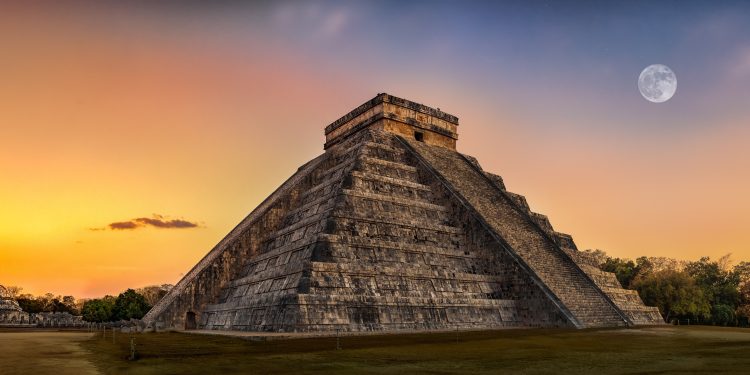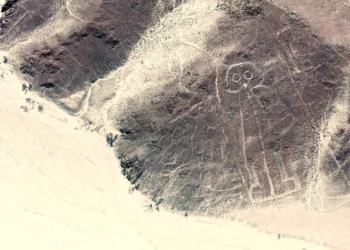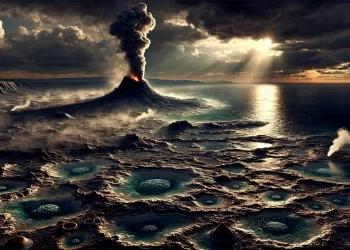The ancient Maya were more than just skilled architects and mathematicians—they were cosmic visionaries. For years, their 819-day calendar baffled historians and astronomers alike. How could a cycle of this length relate to the movements of planets, which vary wildly in their orbits? The answer, as it turns out, is a testament to the ancient Maya deep understanding of celestial mechanics and their ability to think on a scale few ancient cultures dared to imagine.
Cracking the Code of the 819-Day Mystery
The breakthrough, published in Ancient Mesoamerica by researchers from Tulane University, reveals that the 819-day calendar wasn’t just a standalone system. Instead, it was part of a far larger framework spanning 16,380 days—approximately 45 years. This extended view brings the seemingly disjointed calendar into focus, showcasing its role as a sophisticated tool for tracking planetary cycles.
Ancient Maya astronomers took a step back from the short-term patterns that often preoccupy modern observers. They devised a system that harmonized the movements of Mercury, Venus, Mars, Jupiter, and Saturn into a single, overarching timeline. By doing so, they achieved something remarkable: a multi-planetary calendar that predicted celestial alignments with astonishing precision.
An Astronomical Symphony in Numbers
The starting point for this celestial choreography is Mercury, whose 117-day synodic period (the time it takes to return to the same position in Earth’s sky) divides neatly into 819 days. But the real magic happens when this cycle is expanded over 20 repetitions, creating a 16,380-day framework that accommodates the movements of all visible planets:
- Mars: Its 780-day synodic period aligns perfectly with 21 repetitions within the 16,380-day span.
- Venus: Seven cycles of Venus fit neatly into five 819-day periods.
- Saturn: Thirteen of Saturn’s synodic periods match up with six 819-day cycles.
- Jupiter: A whopping 39 of Jupiter’s cycles synchronize across 19 repetitions.
This remarkable system demonstrates the Maya ability to weave together the unique rhythms of the cosmos into a unified structure. Far from being a random set of numbers, the 819-day calendar was a cosmic map, a tool that allowed Maya astronomers to predict planetary alignments decades in advance.
A Window Into the Minds of Cosmic Visionaries
The genius of the 819-day calendar lies not just in its mathematical elegance but in the way it reveals the ancient Maya mindset. Unlike many ancient cultures that focused on immediate cycles like lunar months or solar years, the Maya thought in terms of interplanetary dynamics spanning generations. Their approach to time was expansive and interconnected, reflecting a profound awareness of humanity’s place within the grand cosmic order.
This discovery doesn’t just solve a historical puzzle—it amplifies our admiration for the Maya as one of the most advanced civilizations of their time. As it turns out, their calendars weren’t just for marking festivals or harvests; they were instruments of cosmic exploration, embedding the mysteries of the universe into their daily lives.
The Enduring Legacy of Maya Astronomy
Today, as modern astronomers peer into the depths of the universe with cutting-edge technology, the achievements of the Maya stand as a humbling reminder of what human ingenuity can accomplish. Without telescopes or modern tools, they mapped the heavens with an accuracy and foresight that continues to inspire.
Their ability to decode the rhythms of the cosmos invites us to reimagine what’s possible when curiosity and intellect are guided by a deep connection to the stars.











